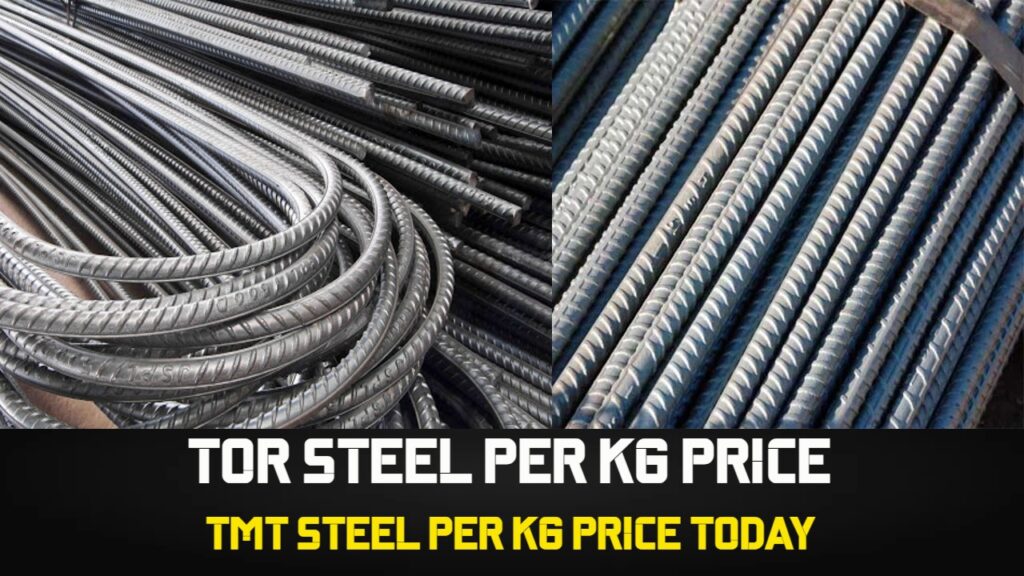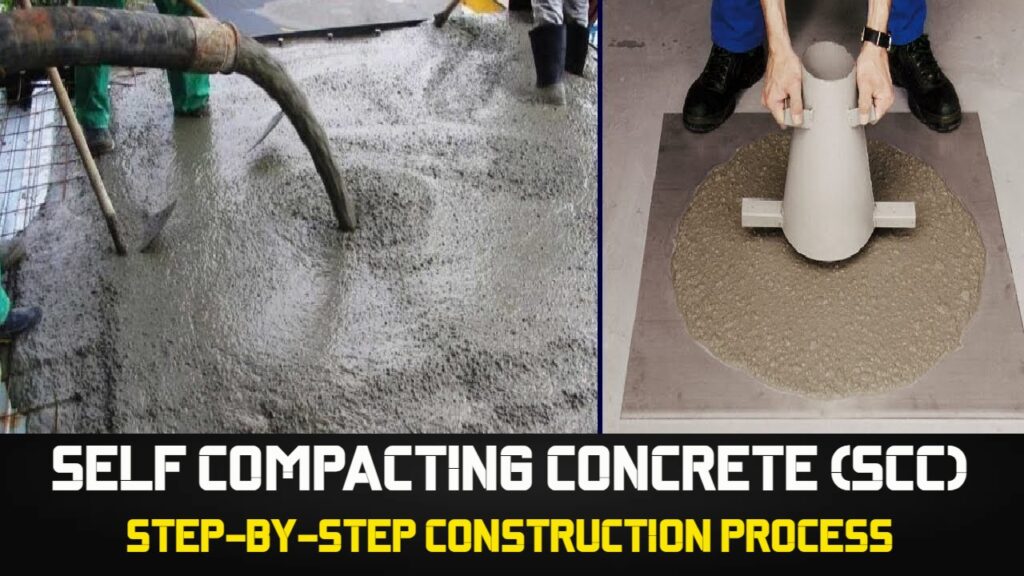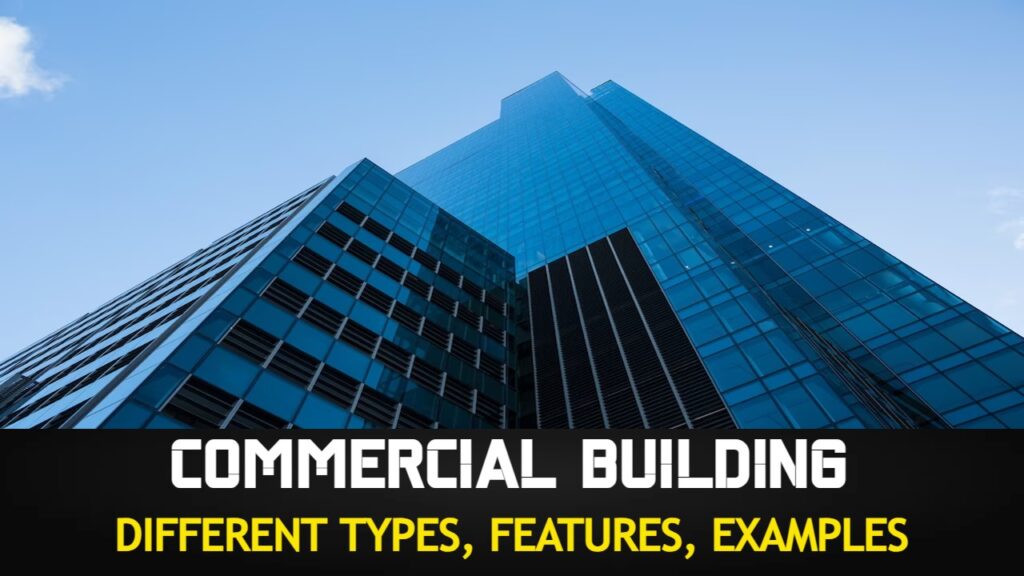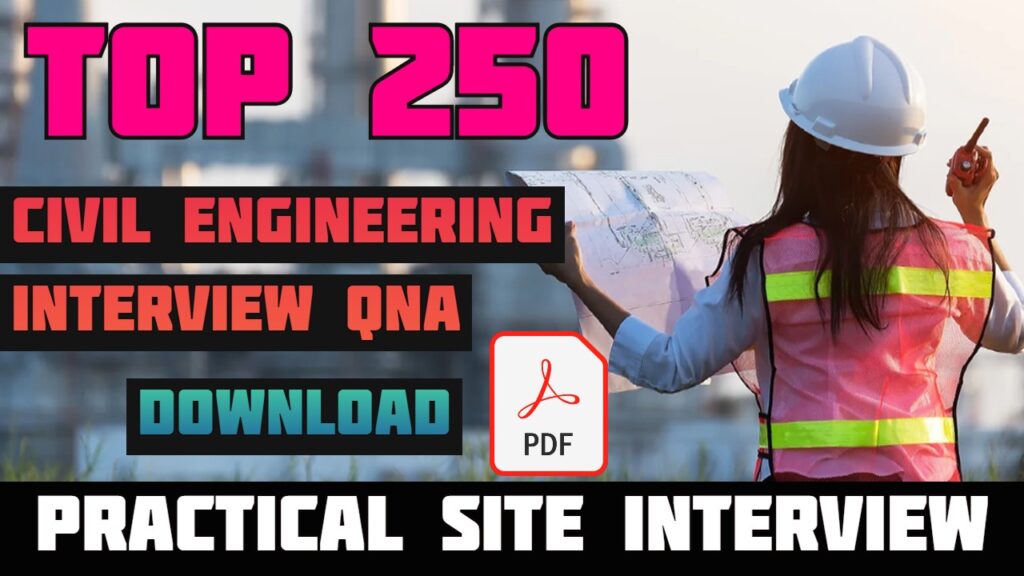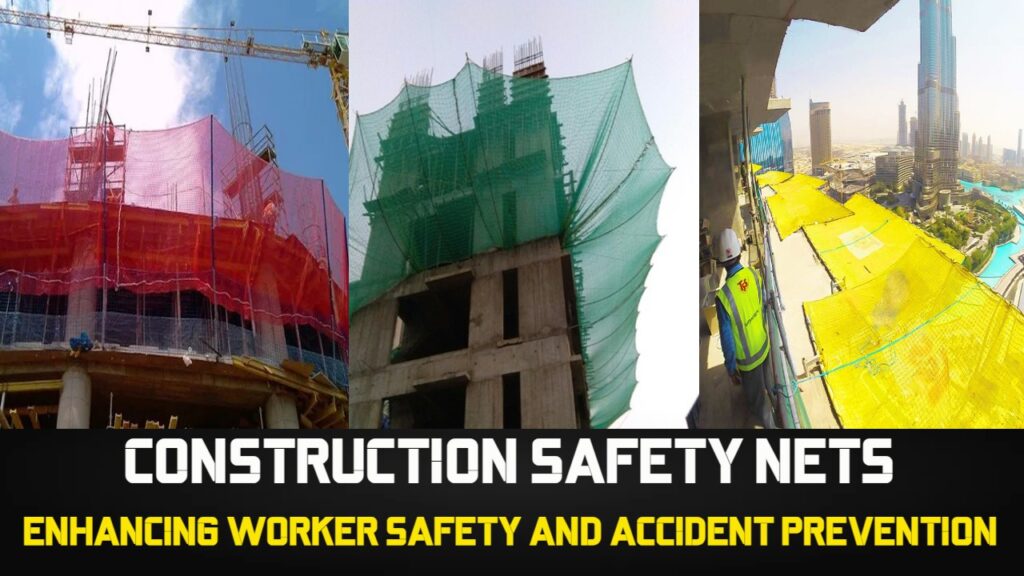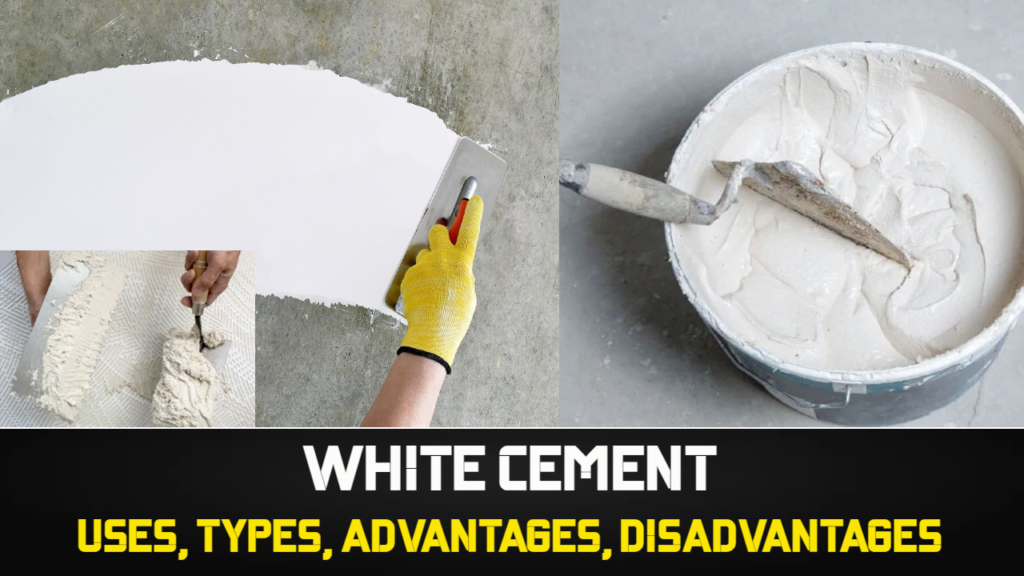Contents
Prestressing: Definitions | Advantage | Application
In this post, we will learn about Prestressing Definition and its types. Along with it we will also learn about the advantages and application of Prestressing. Prestressing: Definitions | Advantage | Application
INTRODUCTION
The Pre-stressing and Pre-casting of concrete are inter-related features of the modern building industry. Pre-stressing concrete is the application of compressive force to concrete members and may be achieved by either Pre-tensioning high tensile steel strands before the concrete has set, or by the Post-tensioning, the strands after the concrete have set.
DEFINITIONS
Pre-stressing of concrete is defined as the application of compressive stresses to concrete members. Those zones of the member are ultimately required to carry tensile stresses under working load conditions. They are given initial compressive stress before the application of working loads so that the tensile stress developed by these working loads are balanced by induced compressive strength. Pre-stress can be applied in two ways.
1. Pre-tensioning
2. Post-tensioning
- STACKING AND STORAGE OF MATERIALS
- Design and Construction Of Pile Foundations
- Evolution of Retaining Structures
- Glossary Relating To Bitumen And Tar
- Aluminium Formwork Refurbishment
- Safety For Hydraulic Tensioning Jacks
- Methodology of Post Tensioning Work
- Properties of Prestressing HT Strand
- Losses in Pre Stress due to Elastic Shortening
- Jack Pressure for Single and Multi Pull Stressing
- Elongation & Modified Elongation in Prestressing
- Prestressing Materials Management at Site
- Prestressing : Definitions | Advantage | Application
- Slipform – Slipform Planning at Site
- Labour Productivity Norms in Slipform
- Dismantling Procedure of Slipform
- Slipform Reinforcement Schedule Planning
- Assembly of Stair Tower for Slipform
- Assembling Procedure of Tapering Slipform
- Assembling Procedure of Straight Slipform
- Classification Of Slip Form Work
- Design Considerations of SlipForm
- Evolution of Slip Form Now a Days
- Measure Horizontal Distance Using AutoLevel
- Bulking OF Fine Aggregates
- Concrete Cube Samples Taken for Different Volume
- Grades of Concrete as per IS 456 : 2000
- Flowchart For Aluform Work At Site
- Dismantling Process of Aluminium Formwork
- Assembling Process of Aluminium Formwork
- Dismantling Of Slab Aluminium Formwork
- Dismantling Of Wall Column & Beam Formwork
- Aluminium Formwork Concreting Process
- Assembling of Wall Aluminium Formworks
- Assembly Process of Aluminium Formwork
- Aluminium Formwork Worksite Management
- What is 1.54 in Concrete
- De Shuttering Period as per IS 456
- Grade Of Concrete And Its Cement, Sand And Aggregate Ratio
- Derivation Of (d²/162) – Unit Weight Of Bar
- Volume Of Different Shapes
Pre-tensioning
Pre-tensioning is the application before casting of a tensile force to high tensile steel tendons around which the concrete is to be cast. When the placed concrete has developed sufficient compressive strength a compressive force is imparted to it by releasing the tendons. So that the concrete member is in a permanent state of pre-stress.

Post-tensioning
Post-tensioning is a method of reinforcing concrete or other materials with high strength steel strands or bars, typically referred to as tendons. Post-tensioning applications include office and apartment buildings, parking structures, bridges, stadiums, soil anchors and water tanks.

Post–tensioning is the application of a compressive force to the concrete at some point in time after casting. When the concrete has gained strength a state of Pre-stress is induced by tensioning steel tendons passed through ducts cast in to the concrete and locking the stressed tendons with mechanical anchors. The tendons are then normally grouted in place.
ADVANTAGES OF PRESTRESSING
- Minimizes the concrete cracks.
- Allows reducing beam depth.
- Allows a greater degree of loading than any structural material.
- Lighter elements permit the use of a long span.
- Ability to control deflection in beams and slabs.
- Permits efficient usage of steel and reduces cost.
- Speed in construction.
APPLICATION
- Bridges.
- Nuclear Structures.
- Building frames and floor slabs.
- Marine and waterside Structures.
- Ground anchor.
- Heavy lifting.
- Foundation.
I hope you find this information useful. If there is something that I have missed or I do not know, you can comment and tell me which I will try to rectify as soon as possible.
If you have liked this post of mine, then use the social link given below and share it among your friends on social media. Thanks
SHARE THIS POST, IF YOU LIKE IT !!
Padhega India Tab Hi Badhega India | पढ़ेगा इंडिया तब ही बढ़ेगा इंडिया

